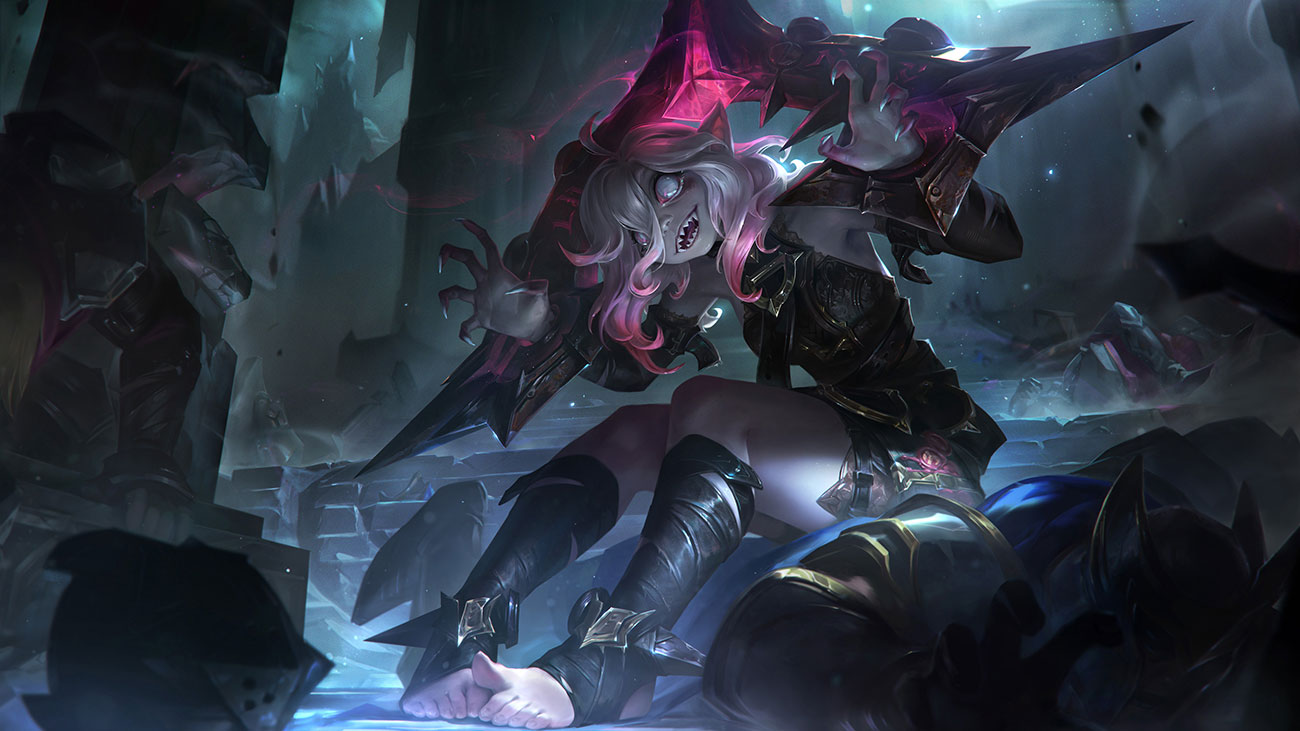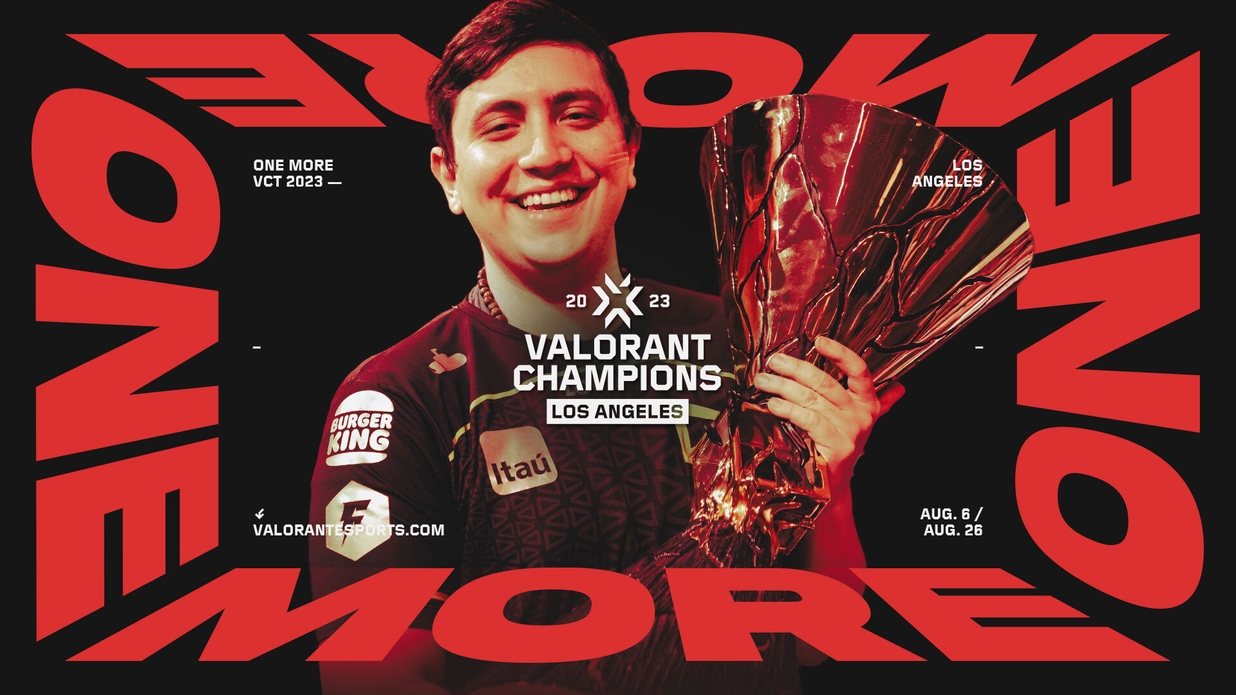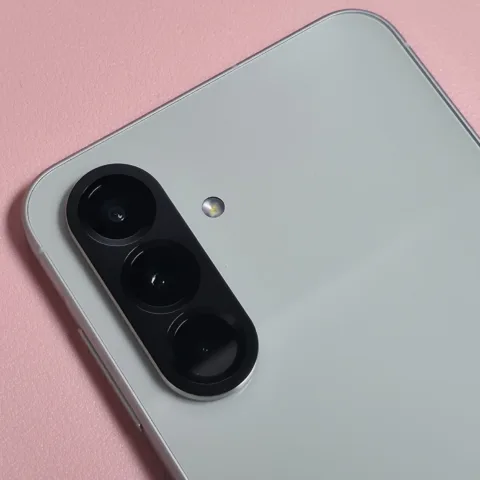What sets VALORANT apart from its close cousin CS: GO is its agents. After the addition of Neon in patch 4.0, there are a total of 18 playable agents in the game, each with its own unique set of skills, playstyles, strengths, and weaknesses. However, although no two agents are the same, they can all be categorized into 4 predefined sets of roles. The roles are namely: Duelists, Initiators, Controllers, and Sentinels.
Each of the aforementioned roles is used to describe the specialties of the agents and their respective kits, all of which we will describe briefly. However, it is also important to note beforehand that roles do not have to constraint your playstyles. After all, VALORANT, in its very essence, is just a game of clicking heads. If you can click heads better than your opponent, then you will most likely win the game regardless of what role you are using. Agent roles are in the game to simply give players a heads up on how to use their kit for the benefit of the team. But at the end of the day, all the emphasis on VALORANT still relies upon your ability to headshot enemies, or its precise gunplay (if you know what I mean).
Duelists

Let’s start off with the most popular and controversial role in the game. When thinking about this role, most players often simply describes Duelists as frag hunters or the one that should get a majority of the kills. To a certain extent, this notion is not a complete fallacy. The kits of all the duelists in VALORANT do allow the player to generally get more kills than other roles. For instance, Jett can go for a very aggressive peek every single round, potentially get kills, and have a free get-out-of-jail card with her dash. Reyna can do the same with her dismiss. Agents with different roles who do not have these escape mechanisms will most likely die or get traded after getting going for an aggressive kill, hence why they have a smaller chance to rise in the scoreboard. However, not all Duelists actually have escape mechanisms. Raze’s satchel is not very reliable for her to escape. Neon and Phoenix (disregarding his ultimate) also do not have these kits present in their arsenal, meaning that they couldn’t go high-risk peeks as much as Jett and Reyna, and get more kills. Therefore, the idea that Duelists are frag hunters is not fully accurate.
Instead, Duelists are better classified as agents who can create SPACE, which is why they are the perfect entry fraggers. They have utilities that will force enemies to retreat if they don’t want the risk of getting killed. Phoenix and Reyna, for instance, have their flashes. Jett, Raze, and Neon all have movement abilities to disorient the enemies’ crosshair placement and allow their teammates to comfortably enter the site. Mollies, nades, and stuns can also be used to clear corners and force enemies out of position, while smokes or walls can be used to isolate angles. As a result, if you are playing duelists, you probably shouldn’t be the one entering the last. All of your kits are designed to throw enemies off and create space.
Of course, this doesn’t mean that they should brainlessly enter the site all the time. Jett or Reyna can be a decent lurk because of their ability to escape. Raze, without her satchels, is no different than a sage entry. However, it is always important to keep in the back of your head that Duelists should be the entry most of the time since their kit is perfect for generating space. If not, your team will most probably flame you.
Best Duelists:
- Jett – Despite the recent nerfs, Jett is still the most picked agent in the whole game due to her insanely broken dash. She is incredibly versatile and can be played on every single map
- Raze – She excels in small maps with a lot of chokepoints due to her grenade and BoomBot. Therefore she is always a must-pick in Split, Bind, and Fracture
- Reyna – Her utility might not be the best and is arguably the most selfish. However, when coupled with a crisp aim, she has the potential to 1v5 every round, and this threat alone is why she is incredibly popular from pro-level down to the lowest ELOs where everyone wishes they have Radiant-level aim.
Sentinels
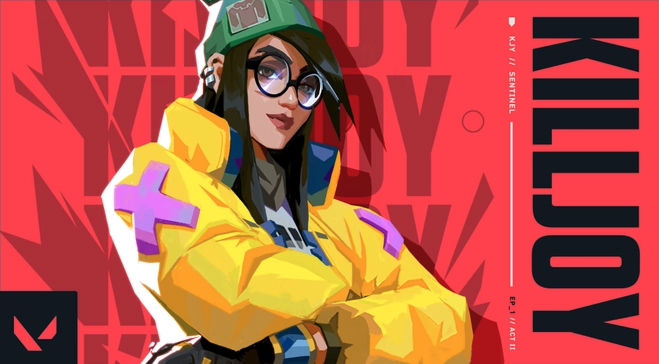
Sentinels are the team’s primary defensive anchors. Their job in the defending part of the game is to lock down the sites and buy time for your team to rotate. For this reason, Sentinels are packed with utilities that delay the enemy’s pushes. Sage and Chamber both have incredible slows that makes overextended enemies look like sitting duck. Killjoy and Cypher have offensive kits that make all gunfights tip in their favor. On the offensive side, Sentinels are usually tasked with holding down flanks or gathering information around the map, unless you are a sage who is usually forced to heal your teammates and plant the spike. You can also lurk or solo control one part of the map so that your team can apply pressure from all sides. Sentinels, especially Cypher and Sage, is also a decent entry since they can use their utilities to isolate angles.
However, it is important to note that Sentinels can be further distinguished into two separate classes. The first class is the duelist type of Sentinels; Sage and Chamber fall into this category. On the defending side, they couldn’t necessarily anchor a site alone since their utilities are far much worse at delaying compared to KJ or Cypher. Instead, Sage could put up a wall, and sort of play as a rotator. Chamber, to offset his weaker defensive kit, should play more aggressively as a Jett would normally do. On offense, Sage also does not really from staying alive, unlike Cypher or KJ due to her nature of abilities. Chamber is especially strong on the offensive side since he has a similar get-out-jail-card as Jett with his teleport ability allowing him to go for aggressive peaks and create openings. On the other hand, Cypher and KJ fall into the second, more traditional Sentinel. Their job is to fully anchor as a defender and watch flanks as an attacker.
Best Sentinels:
When it comes to the best Sentinels, there isn’t any that stands out in particular. Some Sentinels do better in certain maps and worse than others. All of them have their own strengths and weaknesses that have been surprisingly well-balanced by Riot.
Initiators
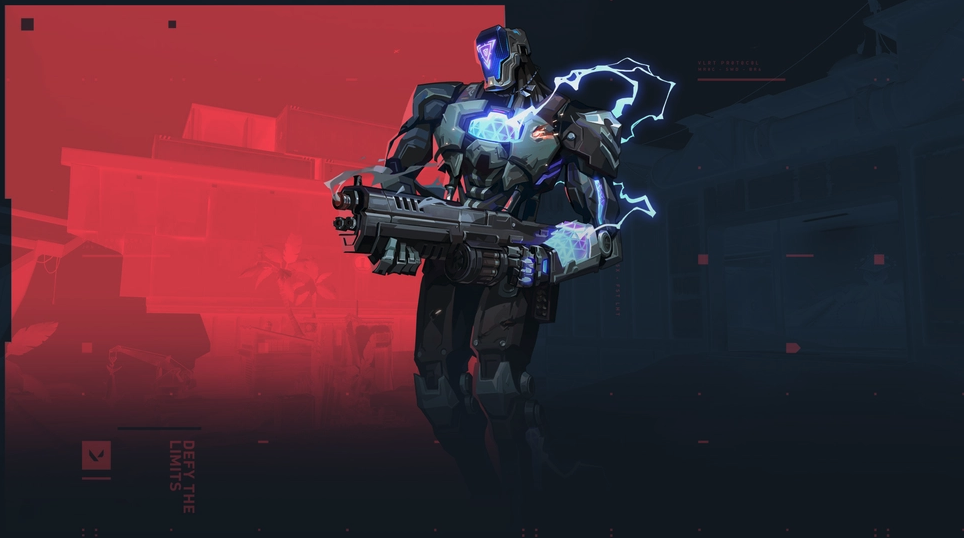
Initiators are Duelists’ best friends since most of their kits are also used to create space when attacking. However, unlike Duelists, Initiators rarely play off on their own utility and instead are much more useful as a supporting tool. Take Breach as an example. He has stun and aftershock to clear angles, while his flash is also perfect to create an opening when entering a site. Unfortunately, most of his utilities are incredibly slow to equip and his gun pull-out animation is also horrendous. So, even though Breach has all the kits to become a Duelist, his role fits much more as the agent who stays in the backline throwing utilities to make their teammate’s life easier. The same principle also applies to perhaps the best initiator in the game: Sova. His recon dart and drone tags can give so many free kills when coordinated properly with his teammates.
However, similar to Sentinels, Initiators can also be distinguished into different classes. KAY/O and Skye (especially before her flash nerfs) are considered much less “supportive” than the previous two Breach and Sova. Both of them have two of the best flashes in the game and so could be considered as a semi-duelist in many compositions. Indeed, if we take a look at the pro matches from VCT, teams often run their secondary star players in Skye or KAY/O since they function similar to Duelists, just with fewer movement abilities and more geared towards info-gathering.
Best Initiators:
- Sova – He is the most unique initiator since a majority of his ability is centralized on info-gathering. Simply put, the more information you have, the better decisions your team can make. Therefore, he is almost always picked on every map, except for smaller maps such as Split or Fracture.
- KAY/O – After Skye received heavy nerfs to her flash, KAY/O became a much more popular counterpart and is often the go-to agent as the “secondary” Duelist.
Controllers

The last role in VALORANT is arguably the most important one to have in all compositions. You can sometimes get away without having a duelist in the team (although the complete opposite usually happens), or even initiators and sentinels. However, not having a controller will always put your team at a massive disadvantage. Controllers are essentially smokers, in Counter-Strike terms. Their primary job is to block vision and, hence, information. Since VALORANT, especially at the highest level, is a game of information, removing information from your enemy’s grasp is detrimental to every round’s success. Controllers play a very important role both in attacking and defending. On offense, smokes will eliminate angles to check and provide safety for your team. On Defense, smokes will prevent enemies from pushing to a chokepoint or site. Without a controller, your enemies are free to swing and peek whenever and wherever they want.
All Controllers also act essentially similar to one another with the exception of Viper. Viper is the only Controller that can’t move her smokes very easily. Her wall is permanently attached for the entire round while moving her poison cloud requires her to manually pick it up from the ground. Thus, she is sometimes much more suitable to play as a Sentinel unless she is played in large maps such as Breeze or Icebox. As for Brim, Omen, and Astra, they are almost identical to each other with only minor differences in the qualities of their smoke. Omen has large hollow smokes. Brim has the longest-lasting smoke but can only be deployed from a certain range. Astra has the most amount of smoke but is also the smallest in radius.
Best Controllers:
- Astra – She is the most versatile kit and provides your team with a lot of different strats to play from. Hence, she is always the preferred controller in almost most team compositions, especially in pro play. The primary downside of Astra is that she needs a lot of coordination with her teammates to optimize her ability usages, which is why she might not be suitable in lower ELOs.
- Viper – On larger maps, Viper is always a must-pick since her wall can cover a large area and deny a lot of information. However, she can also be played as a Sentinel in smaller maps and combo with Astra. The two of them can provide a menacing defense if played appropriately.
Featured Image: playvalorant.com



